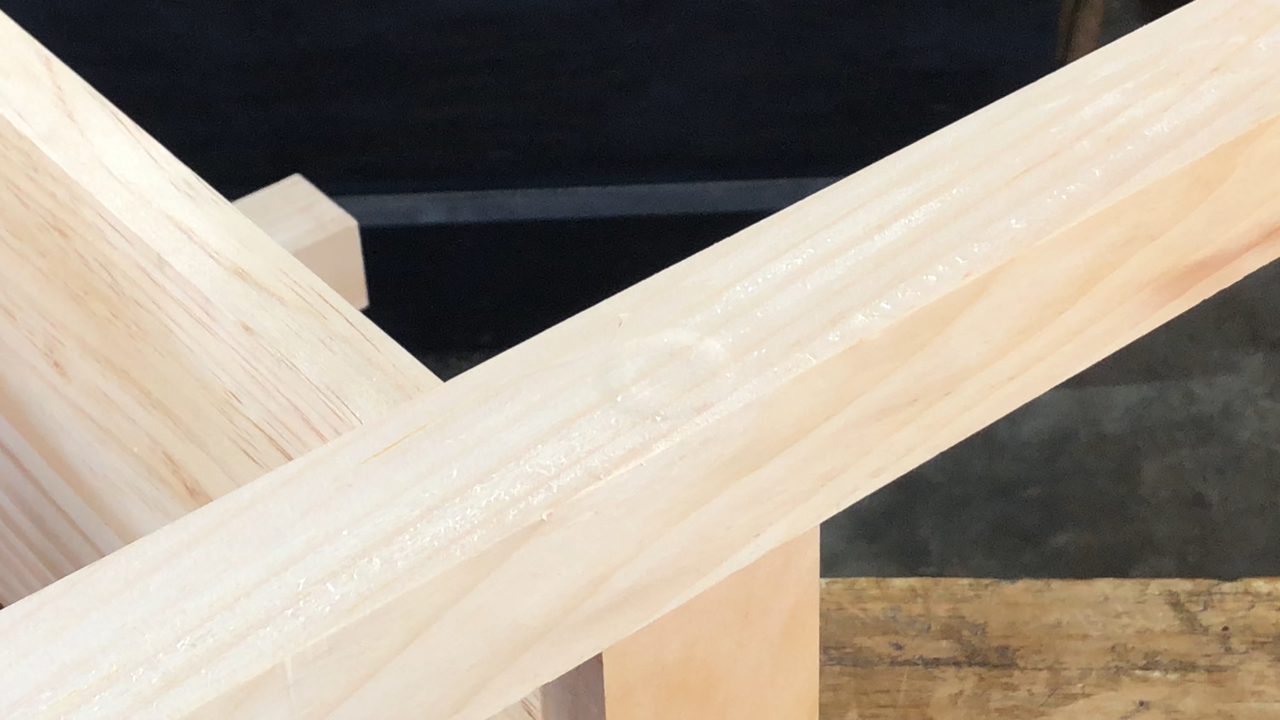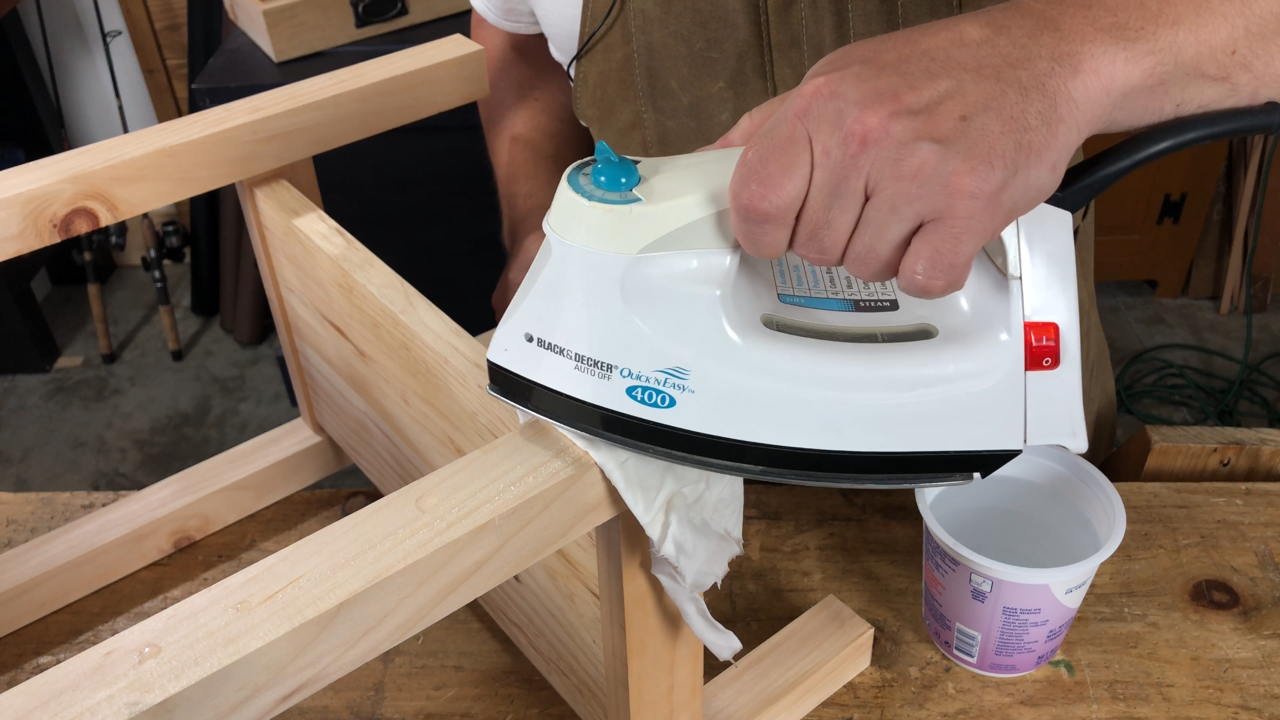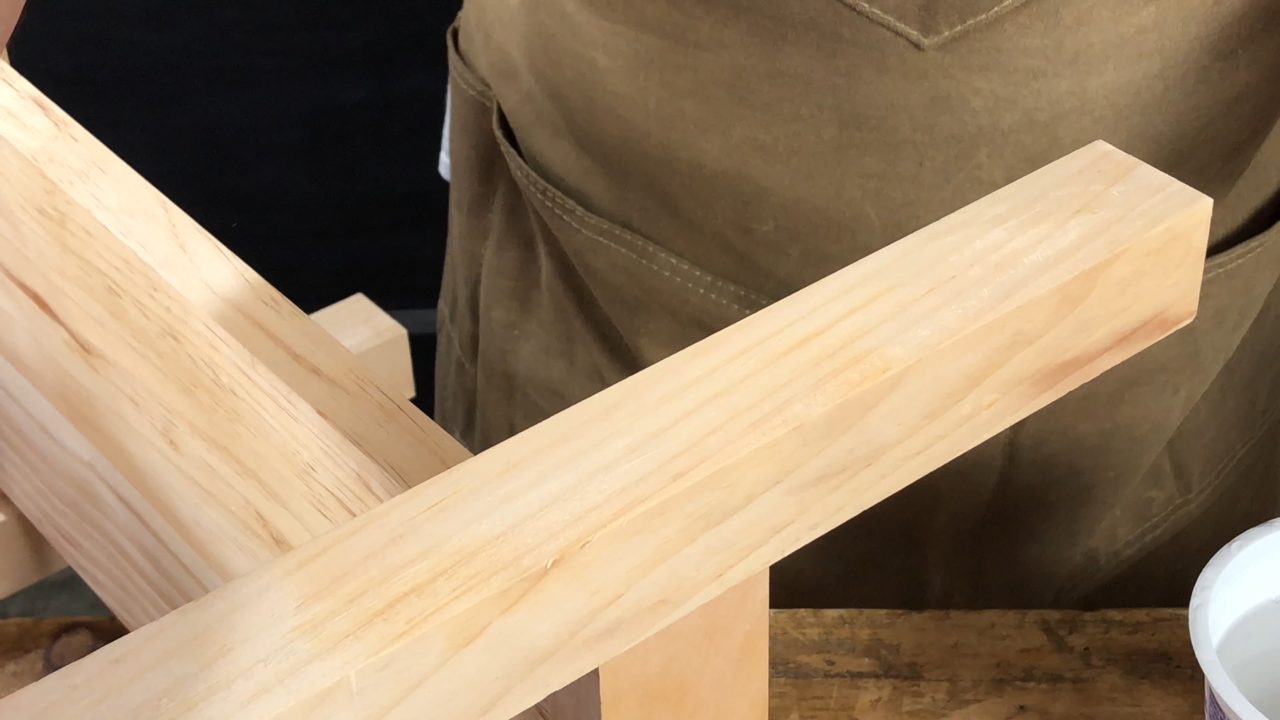
Removing Dents from Your Projects
No matter how careful we are when we’re building a project, it’s pretty much inevitable that at some point, we will ding or dent some part of the piece. We drop a part, over clamp a sub assembly, forget to use clamping pads, or hit the piece with a clamp or mallet. It happens to all of us, and it can be very disheartening when a piece is almost ready for the first coat of finish.

But woodworking is all about solving problems, and dealing with little inconveniences like this are a necessary part of creating a hand made item. It’s often said that a true master isn’t the person that doesn’t make mistakes, rather they’re the person that can fix them so that it appears that they never occurred in the first place. Regardless of whether you agree with this cliché or not, it’s very valuable to know how to fix minor mishaps, if for no other reason than to reduce frustration when these things occur.
Fortunately, minor surface dents are pretty easy to deal with. Often the first inclination is to hand plane or sand them out. This is certainly an option in some cases, but hand planing an entire surface even with the bottom of a dent can require a lot of material to be removed. Depending upon the situation, this can significantly change the appearance of the part, or create problems with the fit of mating pieces. So my preference is to use steam whenever possible.

The goal is to apply the steam only where needed to remove the dent. I find that the easiest way to accomplish this is to use a regular household iron and a wet rag. I set the iron on a relatively high setting, one of the steam setting, however, I do not put any water in the iron itself. Instead, the wet rag is used to put the water exactly where I want it, and protect the wood’s surface from the direct heat of the iron.

I apply the iron to the wet rag for a few seconds at a time and check the dent often. If the rag starts to dry out at all, or get too hot to handle, I put it back in the container of water. I don’t want the rag to be dripping all over, but it should be wet as I want the steam to do the work. After a few applications, the dent should be just about invisible.
Ideally, this steaming procedure should be done before final surface preparations for finishing. I try to do it right after removing the clamps if I notice any dents. The steam will raise the grain of the wood, so the surface will have to be sanded or planed after steaming. So it’s best to do the steaming before starting any final surface preparations.

3 Comments
Very helpful. Thanks Bob
I used this technique about a month ago and it works great. I had just smoothed a maple bench and was preparing to put a shellac finish on it when the bench slipped out of my hand, hit the workbench corner and put a dent in the top. I grabbed a rag, water and my wife’s iron and within minutes the dent was gone and the bench turned out great. Thanks for all the great information you put out there.
Thank you Bob! Always good to read you.